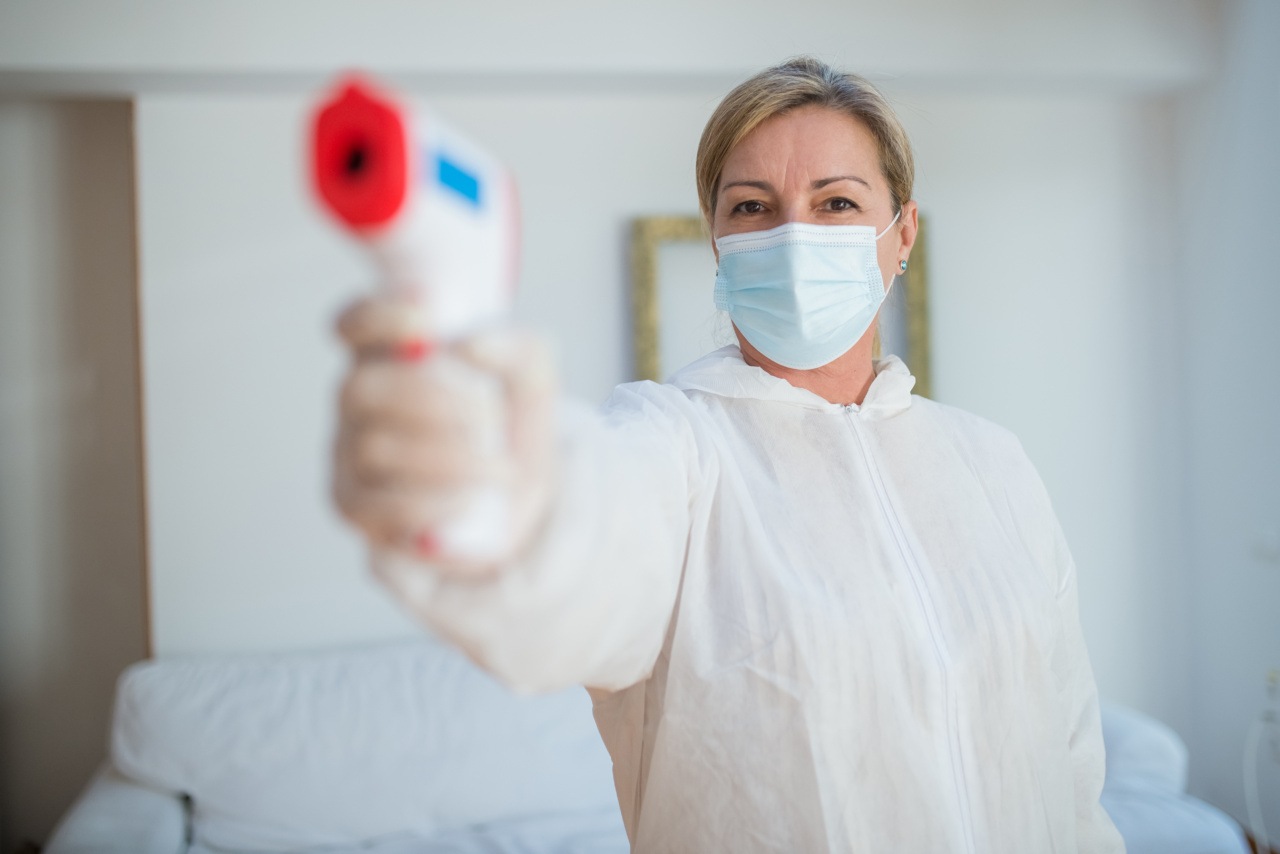Protecting women’s reproductive health is an essential aspect of overall healthcare. One of the key components of this protection is regular gynecological exams.
These exams play a crucial role in preventing and detecting various reproductive health issues, including sexually transmitted infections (STIs), cervical cancer, and other gynecological conditions.
What is a Gynecological Exam?
A gynecological exam, also known as a pelvic exam, is a medical procedure performed by a gynecologist to examine a woman’s reproductive organs. It typically involves evaluating the vagina, cervix, uterus, fallopian tubes, and ovaries.
The exam can help in the early diagnosis and treatment of reproductive health problems.
When Should You Have a Gynecological Exam?
It is recommended that women start having regular gynecological exams by the age of 21 or within three years of becoming sexually active, whichever comes first. After the initial visit, women are generally advised to have an exam annually.
However, the frequency of exams may vary based on individual factors such as age, medical history, and sexual activity.
Preparation for a Gynecological Exam
Prior to a gynecological exam, it is important to prepare by following a few guidelines:.
1. Schedule the Exam at the Right Time
Avoid scheduling your exam during your menstrual period, as it may interfere with certain aspects of the examination. Try to schedule the exam for a time when you are not menstruating.
2. Avoid Sexual Intercourse
Avoid sexual intercourse, douching, or using any vaginal medications or spermicides for at least 24 hours before the exam, as these activities can interfere with the accuracy of the results.
3. Take a Shower
It is advisable to take a shower or bath on the day of your exam to maintain cleanliness. However, avoid using any powders, perfumes, or lotions on or around your vaginal area, as they may interfere with the exam.
4. Relax and Communicate
It is normal to feel anxious or uncomfortable before a gynecological exam, especially if it is your first time. Communicate any concerns or questions you may have with your healthcare provider. They are there to support and guide you through the process.
What to Expect During a Gynecological Exam
A gynecological exam typically consists of several components:.
1. Medical History Discussion
Before the physical examination begins, your healthcare provider will discuss your medical history, including any existing reproductive health concerns, past surgeries, medications, and family medical history.
This information helps them assess your overall health and identify potential risk factors.
2. Vital Signs Check
Your blood pressure, heart rate, and other vital signs may be measured to ensure you are in good general health.
3. External Genital Examination
Your healthcare provider will visually inspect the external genital area for any abnormalities, such as lesions, rashes, or swelling.
4. Speculum Examination
A speculum is a device used to gently separate the vaginal walls, allowing your healthcare provider to have a clear view of the cervix. They will insert a lubricated speculum into your vagina and gradually open it to hold the walls apart.
This part of the exam may cause some discomfort but should not be excessively painful.
5. Pap Smear (Cervical Cancer Screening)
During the speculum examination, your healthcare provider may perform a Pap smear, which involves taking a small sample of cells from your cervix.
The cells are then sent to a laboratory for analysis, allowing for the early detection of cervical cancer or abnormal cells that may lead to cancer in the future.
6. Bimanual Examination
In a bimanual examination, your healthcare provider will insert lubricated, gloved fingers into your vagina while gently pressing on your lower abdomen.
This technique allows them to assess the size, shape, and position of your uterus and ovaries and check for any abnormalities.
7. Breast Examination
A breast examination may be performed during your gynecological exam to check for any lumps, changes in breast tissue, or other signs of breast disorders. This examination is important for early detection of breast cancer.
8. Discussion and Counseling
After the physical examination, your healthcare provider will discuss their findings with you and provide any necessary counseling or guidance regarding reproductive health concerns, contraceptive options, sexual health, or any other relevant topics.
Follow-Up and Further Testing
After a gynecological exam, your healthcare provider may recommend additional tests or screenings based on their findings or your specific health concerns.
These may include further laboratory tests, imaging studies, or referrals to other specialists if necessary.
Conclusion
Gynecological exams are a crucial aspect of protecting women’s reproductive health.
By following the recommended guidelines and scheduling regular exams, women can ensure early detection and effective management of various reproductive health issues. Remember, open communication with your healthcare provider is vital to address any concerns or questions you may have.































